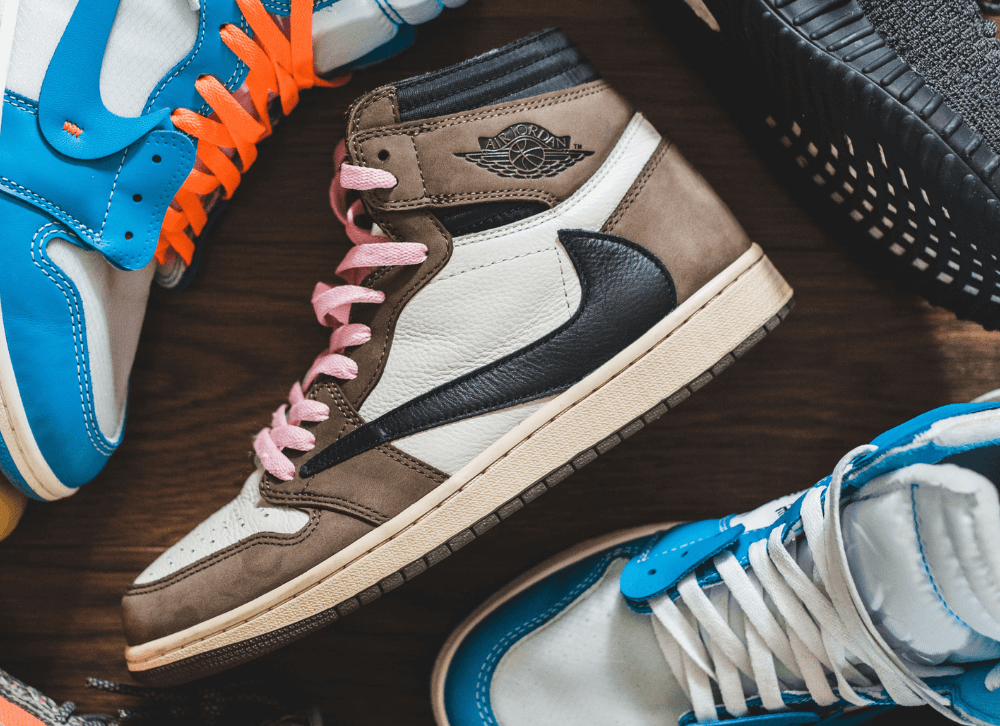The roots of sneaker collecting can be traced back to the early 1980s when avid basketball fans began emulating their favorite players by adopting the footwear adorned by several sporting legends. Sneakers started transcending their utilitarian purpose, becoming a canvas for artistic expression and a reflection of personal style. A simple niche hobby has today become a multi-billion and much-coveted industry.
The economic impact of sneaker collecting is staggering. According to market research, the sneakers market, which was $75.3 million in 2022, is expected to reach more than $107 million by 2030, growing by around 4.5% every year until 2030. This includes not only sales of new sneakers but also the booming resale market, sponsorship deals, and collaborations that contribute to the overall economic ecosystem.
Here’s a lowdown on factors that are driving the sneaker-collecting industry.
1. Rise of Limited-Edition Releases
Enter the era of limited-edition releases. Brands like Nike and Adidas strategically began releasing exclusive, limited-edition sneakers, creating a sense of scarcity and driving demand through the roof. Sneakerheads are often drawn to the thrill of hunting down these rare gems, often camping outside stores or having multiple devices open on online platforms to secure their own pairs.
2. Collaboration Fever
Collaborations between sneaker brands and celebrities, athletes, or influential designers fueled the craze even further. Notable collaborations, such as Nike’s partnership with Travis Scott or Adidas’ collaboration with Kanye West, not only brought unique designs to the market but also elevated sneakers to the realm of high fashion. Raking in on sneakers’ cultural power, brands like Nike have since collaborated with luxury fashion labels like Dior as well as unlikely brands like Ben & Jerry’s. Adidas, on the other hand, went from Marvel Avengers-themed, to collaborations with Playstation, all the way to their more conventional collaboration with Bad Bunny.

3. Sneaker Stock Market & Investment
The resale market emerged as a key player in the economic transformation of sneaker collecting. Several platforms have turned the buying and selling of sneakers into a transparent marketplace, akin to a stock exchange. This not only provides a secondary market for sneaker enthusiasts but also turns limited-edition releases into potential investments. The resale market in the U.S. is worth approximately USD 2 billion, but that number is expected to reach USD 30 billion by 2030. The reason why resellers can make so much money is because of value appreciation: sneakers are now viewed as an alternative asset.
4. Celebrities as Trendsetters
The influence of celebrities in shaping fashion trends cannot be overstated. While Chuck Taylor was the first sportsman to lend his name to a sneaker, the real boom was somewhere largely driven by basketballers with the likes of Michael Jordan. As more stars embraced the sneaker culture, it trickled down to their massive fan bases, amplifying the mainstream appeal of sneaker collecting. Today, social media platforms have further facilitated the spread of sneaker culture, turning it into a global phenomenon.
In conclusion, what began as a subculture among sports enthusiasts has blossomed into a multi-billion dollar industry at the intersection of fashion, sports, and commerce. Sneaker collecting has proven to be more than a passing trend; it’s a cultural phenomenon that continues to leave an indelible mark on the global landscape.
As technology continues to advance and consumer preferences evolve, the future of sneaker collecting seems promising. Augmented reality (AR) experiences, sustainable practices, and innovative materials are likely to play a significant role in shaping the next chapter of this thriving industry.




